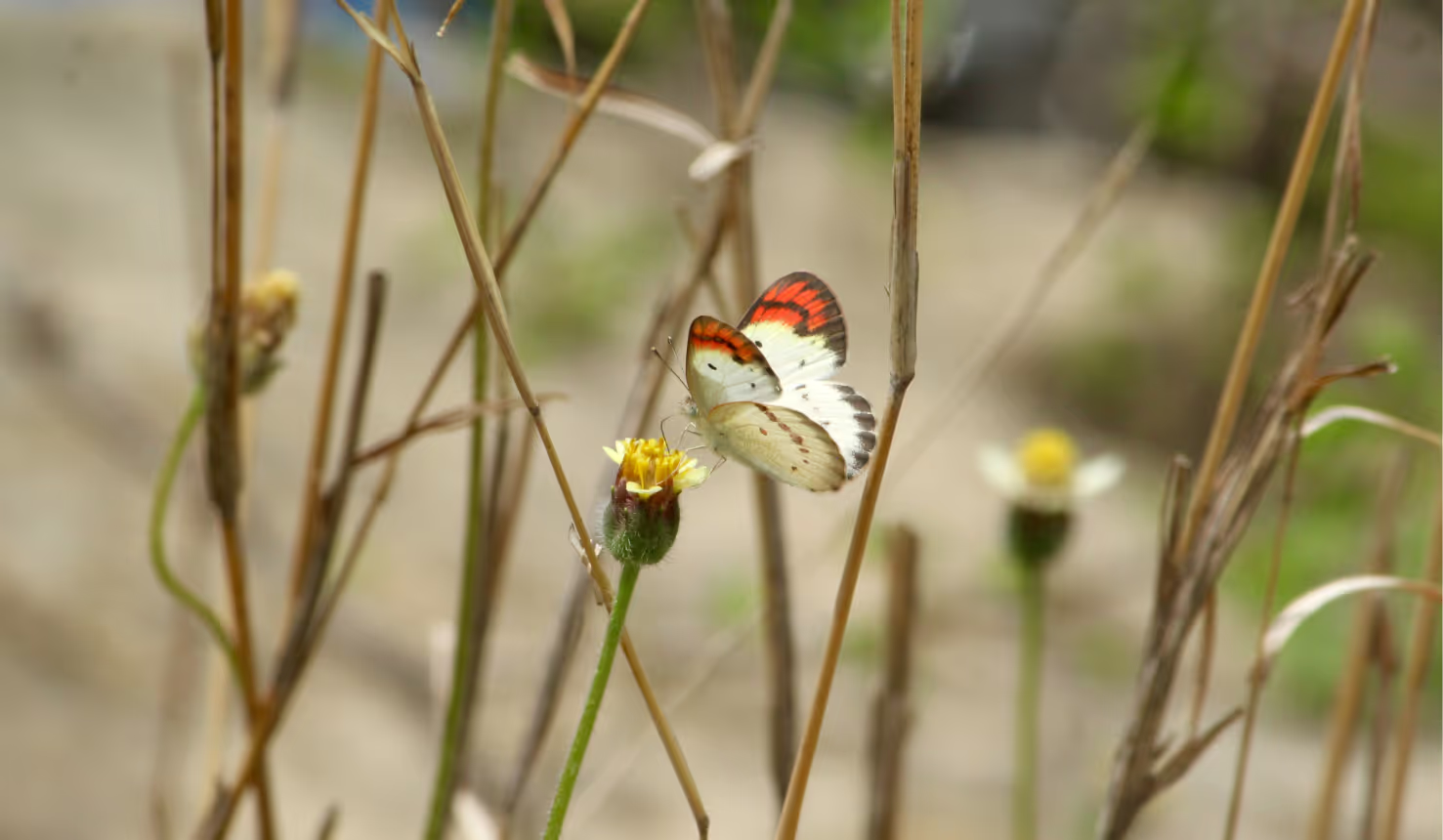Biodiverse Lawns: 8 Reasons to Embrace a More Natural Landscape

Join the community





Traditionally, a standard lawn is green, with a single species of neatly trimmed grass, and maybe a continued flower bed. But biodiverse, more wild lawns are becoming the norm. Not only because they’re more low maintenance, they’re more eco-friendly too.
A biodiverse lawn, also known as a "natural" or "wildlife-friendly" lawn, is a type of landscape that intentionally incorporates a diverse range of plant species, including native plants to create a more ecologically balanced and sustainable environment. Unlike traditional manicured lawns dominated by a single type of grass, biodiverse lawns aim to mimic natural ecosystems by promoting a variety of plants, insects, and wildlife.
1. Resilience to Climate Change
A biodiverse lawn enhances resilience to climate change by featuring a variety of plant species with varying adaptability. This diversity helps the lawn withstand extreme weather conditions, such as heatwaves or heavy rainfall, ensuring its longevity and stability.
2. Support Local Wildlife
Biodiverse lawns act as havens for local wildlife, providing a range of habitats and food sources. This support for biodiversity contributes to the overall health of ecosystems, fostering a balanced and thriving environment for various species.
3. Pollinator Health
The diverse array of plants in a biodiverse lawn attracts and sustains pollinators such as bees and butterflies. This not only benefits these essential creatures but also plays a crucial role in the pollination of nearby plants, promoting overall ecosystem health.
4. Reduced Chemical Use in Soil and Water Runoff
A biodiverse lawn with native plants can be more resilient to pests and diseases, reducing the need for chemical pesticides and fertilizers. This benefits both the environment and human health by minimizing the use of potentially harmful chemicals. You can even try adding a rain garden to your biodiverse lawn.
5. Improved Soil Health
Different plant species have varied root structures and nutrient requirements. A biodiverse lawn promotes soil health by preventing nutrient depletion, reducing erosion, and enhancing overall soil structure through the synergy of diverse root systems.
6. Carbon Sequestration
The mix of plants in a biodiverse lawn contributes to carbon sequestration, as various species capture and store carbon dioxide in different ways. This can play a role in mitigating climate change by reducing the concentration of greenhouse gases in the atmosphere.
7. Less Maintenance
Contrary to traditional monoculture lawns, biodiverse lawns often require less maintenance. The varied plant species create a self-sustaining ecosystem that is more resilient to pests and diseases, reducing the need for frequent and intensive care practices.
8. Educational Opportunities
Biodiverse lawns offer rich educational opportunities, allowing individuals to learn about the interconnectedness of ecosystems, plant life cycles, and the importance of biodiversity. It provides a tangible and dynamic learning environment for schools, communities, and nature enthusiasts.










.png)


